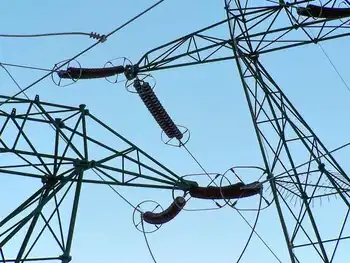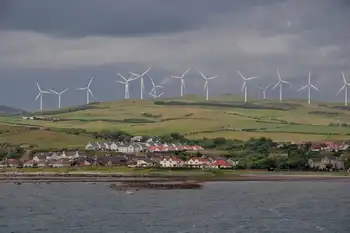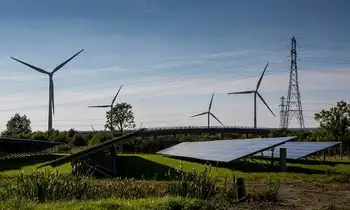Outage blamed on attempted copper theft
By Samoa News
Protective Relay Training - Basic
Our customized live online or in‑person group training can be delivered to your staff at your location.

- Live Online
- 12 hours Instructor-led
- Group Training Available
The power outage covered areas from the Jean P. Hayden Museum, Port Administration building and the Samoa News building heading west to Fagaalu.
Responding to Samoa News inquiries about the outage, ASPA confirmed the power outage and the areas affected that run on Feeder 8, saying that power was fully restored within hours.
What ASPA revealed as the cause of the outage was the first time such an incident has been reported in American Samoa and the culprit or culprits may have sustained burns.
"There is strong evidence — found at the scene of the incident that the culprits left behind — that there was an attempt to steal the copper at the ASPA underground switch located in the Sadie's By the Sea compound feeding the transformer that provides power to the Sadie's By the Sea and the Old Rainmaker Hotel which is no longer in use," said ASPA in a brief statement which included photos of the site.
According to the authority, the thief, after prying the latch off of the cabinet, used a rusted hack saw to cut through the insulation cable cover to hopefully get to the copper.
"The thief did not realize that these are primary and secondary high voltage lines that can instantly toast or burn throughout the body as the power will find the path of least resistance to the ground," the statement says. "The thief also did not realize that regardless of the thickness size of the cable, the amount of copper is at a minimum compared to the insulation."
"The thief might have been successful in taking copper from the old Rainmaker hotel building that is not occupied nor has any electrical power. It is fortunate that whoever attempted to steal copper was not killed instantly," it says. "It was also fortunate that the cable being cut caused a shortage that triggered the circuit breaker at the Feeder 8 at the Satala Power Plant."
ASPA acting chief executive officer Andra Samoa said ASPA immediately notified the police and also the LBJ emergency room to look out for a reported burn patient.
The ASPA linemen — both its underground and overhead crew — and power generation staff were sent out immediately to restore power, to isolate the feeders in tracing the source of the problem and re-splice the cable that was cut, she said.
The ASPA boss told Samoa News that this should be a learning lesson and warning to those who dare to steal copper.
"Copper is definitely not the way to resolve any short term financial problems in your life, especially when you are not familiar with the underground/overhead system of the ASPA," she said.
Samoa News could not immediately confirm if anyone with burns showed up at the hospital and police were reportedly still investigating the case. Anyone with information in this attempted copper theft case is urged to contact police.
Copper theft is a major problem in the U.S. including Honolulu, where thieves ripped copper off electric stations especially in dark areas of the freeway, causing power outages. At least two Samoans were charged last year in what Honolulu police described as a copper theft ring.
In January this year, a man in Honolulu suffered burns following an attempt to steal copper at an electric power switch site, which exploded causing a power outage in the area between Waikiki and Ala Moana Shopping Center.











